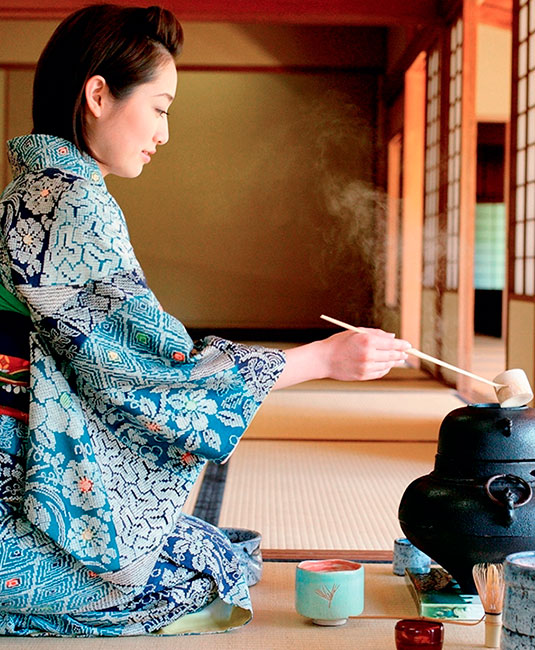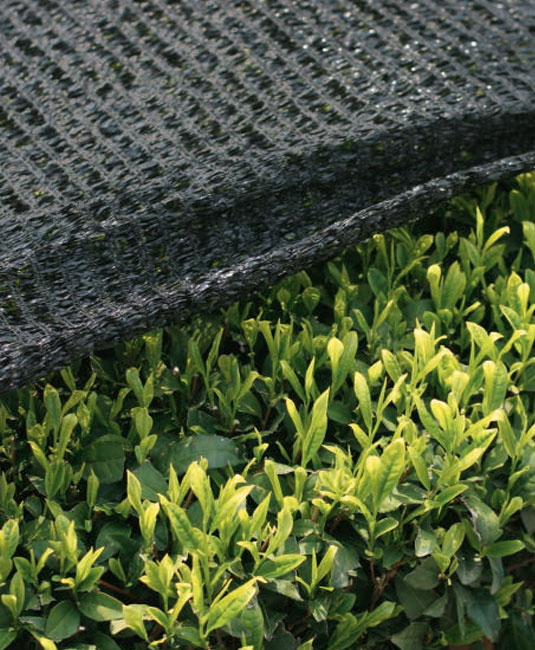Free shipping from $55

Matcha: A Japanese Green Tea with Many Facets
Matcha is a vibrant green powdered tea produced in Japan. This ceremonial tea is known for its unparalleled flavor and health benefits. Palais des Thés explores its origins, benefits, and variations.
Served whisked in a bowl designed for this purpose, matcha is a drink synonymous with tradition. The highly ritualized tea ceremony represents a tasting experience that blends culture and gastronomy. Over the centuries, its history has evolved to include more modern aspects. Today, matcha is used in a variety of recipes: hot or cold beverages, small dishes, pastries, and more. Round and smooth on the palate, this green tea develops vegetal notes with a pleasant umami flavor.

History and Production: What is Matcha Tea?
Matcha is a Japanese green tea made from tencha. It is renowned for its rich nutrient content, which results from unique cultivation techniques. Tea plants are covered to enhance photosynthesis and increase the production of compounds like caffeine and theanine. After harvesting, the leaves are steamed, dried, sorted, and then ground into a fine green powder using a stone mill. This traditional technique produces the fine green powder known as matcha.
Matcha descends from powdered tea. In 12th-century China, during the Song Dynasty, tea was pulverized into a powder and whisked into water. This form of tea spread to Japan through monks who traveled to study Buddhism. They discovered that tea promoted alertness and helped them endure long meditation sessions. Perhaps because of these benefits, by the 13th century, samurai warriors also began drinking matcha. This practice remained deeply embedded in Japanese society, becoming one of the cornerstones of Cha No Yu, the tea ceremony.
